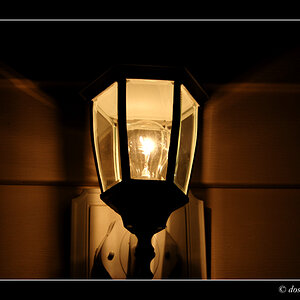musicaleCA
TPF Noob!
- Joined
- May 23, 2009
- Messages
- 2,303
- Reaction score
- 0
- Location
- Vancouver, BC
- Can others edit my Photos
- Photos OK to edit
True. As JerryPH noted, the newbies won't care less. I couldn't care less. Been there, done that (I did shoot some film as a child), and I'm quite happy with my in-camera aperture controls.













